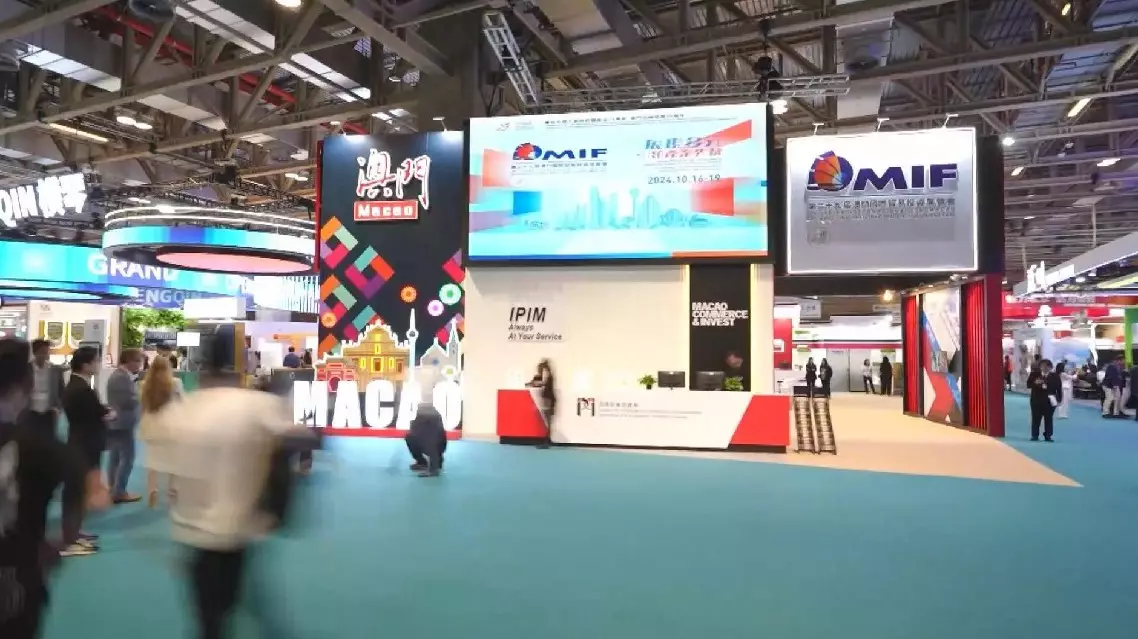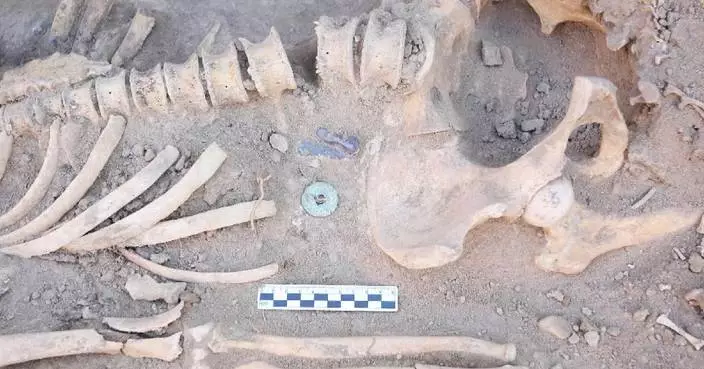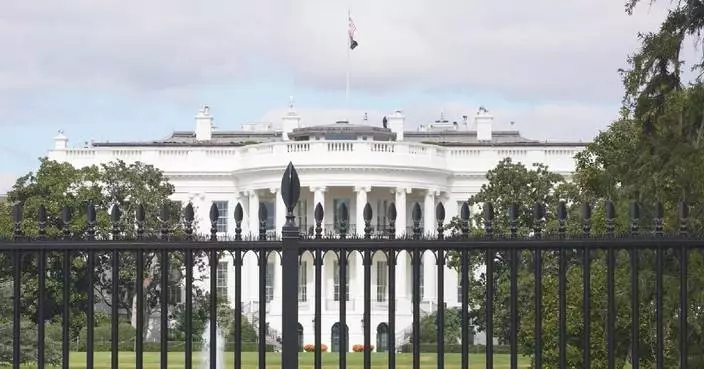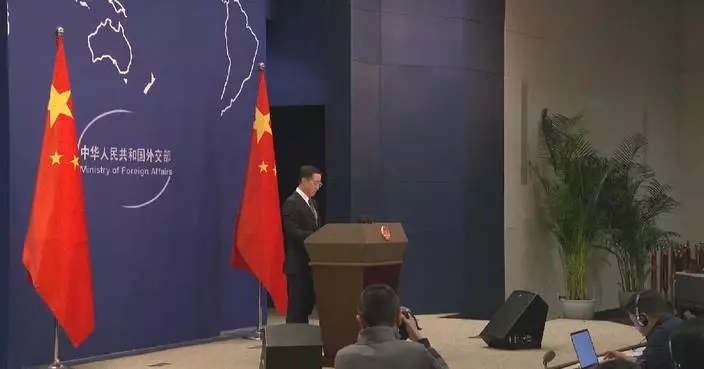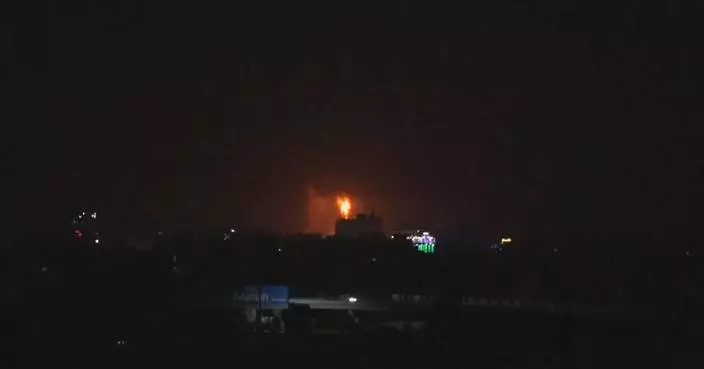Refugees in the West Bank city of Jenin are experiencing the same tragic humanitarian crisis as in the Gaza Strip, with no water, electricity, or shelter, and are even facing life-threatening situations after the Israeli army launched targeted attacks against the region.
In 1953, in order to accommodate Palestinians displaced by the first Middle East war, a refugee camp covering an area of less than 0.5 square kilometers was established in the western suburbs of Jenin, where a large number of refugees from all over the occupied territories have since lived.
After decades of development, the camp's tents have turned into buildings that can accommodate nearly 20,000 people. However, the destruction and trauma have never stopped.
During the Israeli military operation in the Jenin refugee camp from Aug. 28 to Sept. 6 this year, 14 local people were killed by the Israeli army, with most of the streets, buildings, and power and water supply networks damaged or destroyed.
In a dire reflection of the humanitarian situation in the Gaza Strip, thousands of people were forced to evacuate the camp.
According to refugee Khalid, both the infrastructure and property have been seriously destroyed in Jenin, including his house, which was blown up simply because it was suspected of concealing a tunnel used by hostile forces.
"On the ninth day of the Israeli attack here, an Israeli policeman found us and took us outside. He asked me whether this was my house, I told him yes, and he told me to take my belongings and cell phones and evacuate 50 meters away immediately. My wife and I ran out as fast as we could to my brother's house nearby. This was at 13:00. At 17:00 that day, the Israeli army blew up the house, and that's it. When the situation calmed down, we returned to the house and found it completely destroyed. As you can see, the Israeli army only claimed that they suspected there was a tunnel here, but there was no tunnel in my house," said Khalid.
According to the locals, the Israeli army conducted an investigation after Khalid's home was bombed, but apart from a tunnel previously discovered in the nearby area, the forces did not find the suspected tunnel under Khalid's home.
While trying to map the nearby tunnel, the Israeli troops also forced civilians to help them complete dangerous military tasks, according to locals.
"They brought me here and told me to go into this tunnel. The Israeli officer's name was Captain Musa Abu. When I went into the tunnel, he gave me a drone and told me to take it into the tunnel and show them what was inside. They told me to tell them what the camera was capturing and they were looking at the images on a computer. I told him there were rocks and stones but they were afraid there might be armed men hiding down there," said refugee Muhammad.
"I wasn't too scared, but I was very worried that they would keep me in the tunnel and not let me out. They gave me a drone and I described it to them like this, but I saw nothing. He asked what it was and I told him these were rocks and this was a rock. He saw a big hole here and asked me to point to it and lift the drone to see what was there, but it was just a hole, that's all. Because they were afraid of danger, they brought me here to protect themselves," he said.

Refugees in West Bank suffer tragic humanitarian crisis amid Israeli attacks
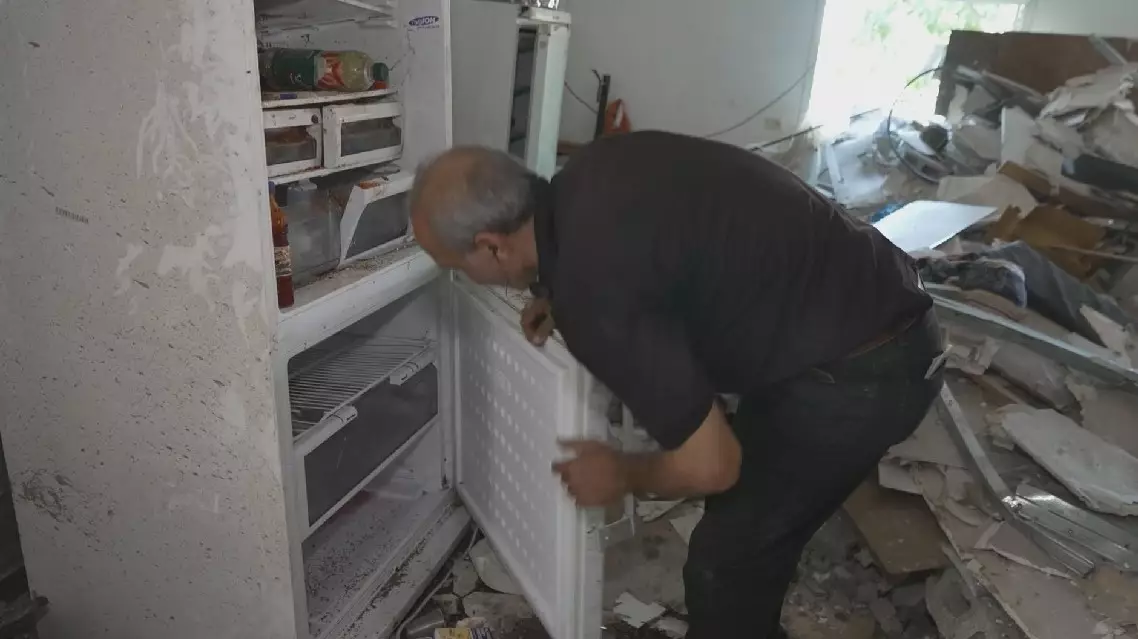
Refugees in West Bank suffer tragic humanitarian crisis amid Israeli attacks


